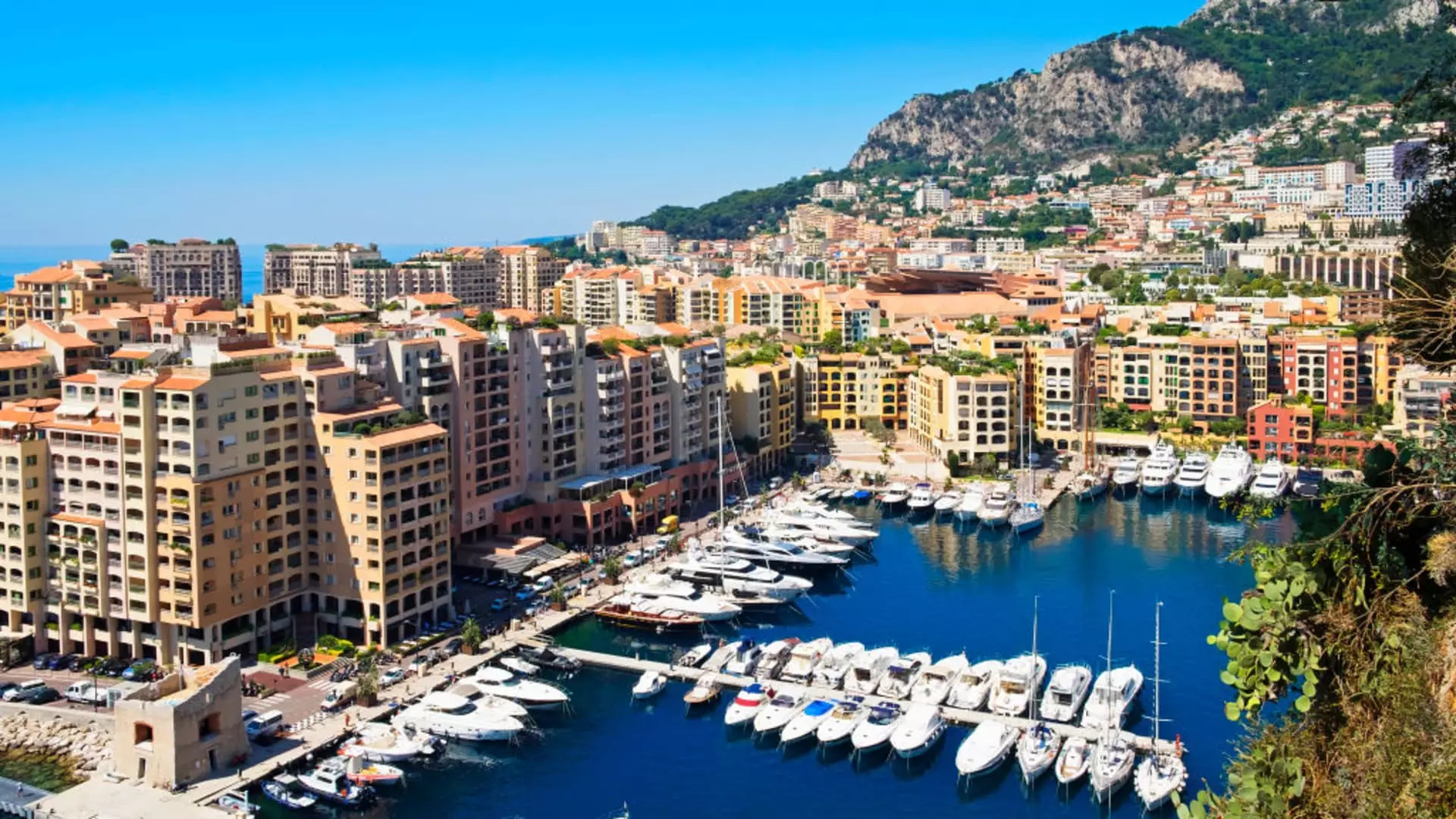In a recent study conducted by Douglas Elliman and Knight Frank, it was revealed that a significant portion of American ultra-high-net individuals, those with a net worth of $30 million or more, are looking to purchase residential properties this year. Interestingly, the average ultra-high-net-worth individual already owns four homes, with one-quarter of their residential portfolio located outside their home country. This shift signals a change in priorities for the ultrawealthy, with “lifestyle” and “investment” ranking at the top of their list for their next big purchase, followed by considerations such as taxes and safety.
Despite facing challenges like low supply, slow sales, and rising prices, the ultra-high-end real estate market has proven to be more resilient than its mainstream counterpart. In the U.S., there were 34 sales over $50 million last year, a decrease from 45 in the previous year but still significantly higher than pre-pandemic levels. As interest rates stabilize and potentially fall in the upcoming year, experts predict that luxury supply may see an uptick, leading to increased sales and market activity.
The report forecasts that Miami will be the best-performing luxury market in the U.S. this year, with an expected price growth of 4%. New York and Los Angeles follow closely behind with expected growth rates of 2% and 1% respectively. On a global scale, Auckland, New Zealand is projected to be the top luxury real estate market in 2024, with an anticipated price growth of 10%. Other notable cities include Mumbai, Dubai, Madrid, Sydney, and Stockholm, each expected to see price growth ranging from 4.5% to 5.5%.
While the world’s top 100 luxury real estate markets collectively saw a 3% increase in average prices last year, there were significant regional disparities in performance. Manila, Philippines emerged as the best-performing luxury market globally, recording a 26% growth in prices. In contrast, markets like New York and San Francisco experienced price declines, with Oxford, U.K. seeing the steepest drop at 8%.
Notably, ultrawealthy American buyers are increasingly expanding their real estate portfolios beyond domestic borders. U.S. buyers have become prominent players in ultraprime London properties priced above $10 million and are actively exploring investment opportunities in European markets like Italy, France, and Portugal. This shift indicates a growing openness among American buyers to consider alternative international real estate options.
As property prices continue to rise globally, the purchasing power of $1 million has diminished significantly. In locations like Aspen and Hong Kong, $1 million buys a significantly smaller living space compared to cities like New York. This disparity underscores the evolving challenges faced by ultrawealthy individuals seeking to invest in premium real estate markets.
The luxury real estate market is experiencing dynamic shifts in buyer preferences, market performance, and global investment trends. Ultrawealthy individuals are seeking diverse investment opportunities, prioritizing lifestyle considerations, and adapting to the changing landscape of the real estate market. As market conditions evolve, it will be crucial for investors and industry professionals to stay informed and agile in navigating the complexities of the luxury real estate landscape.

